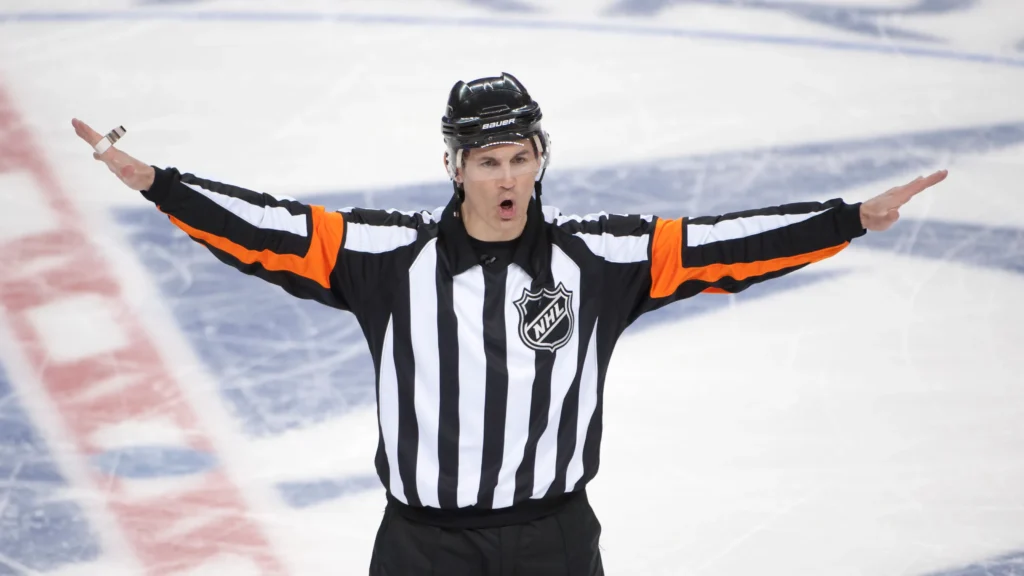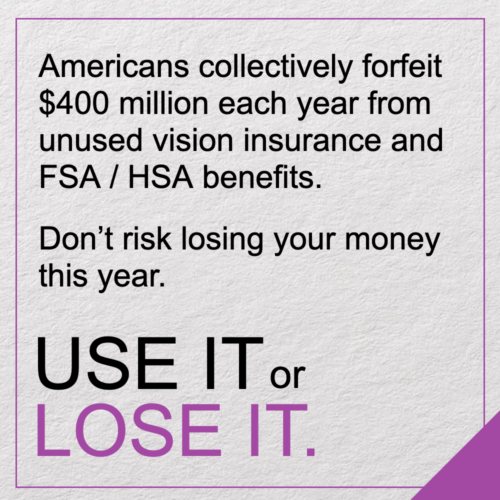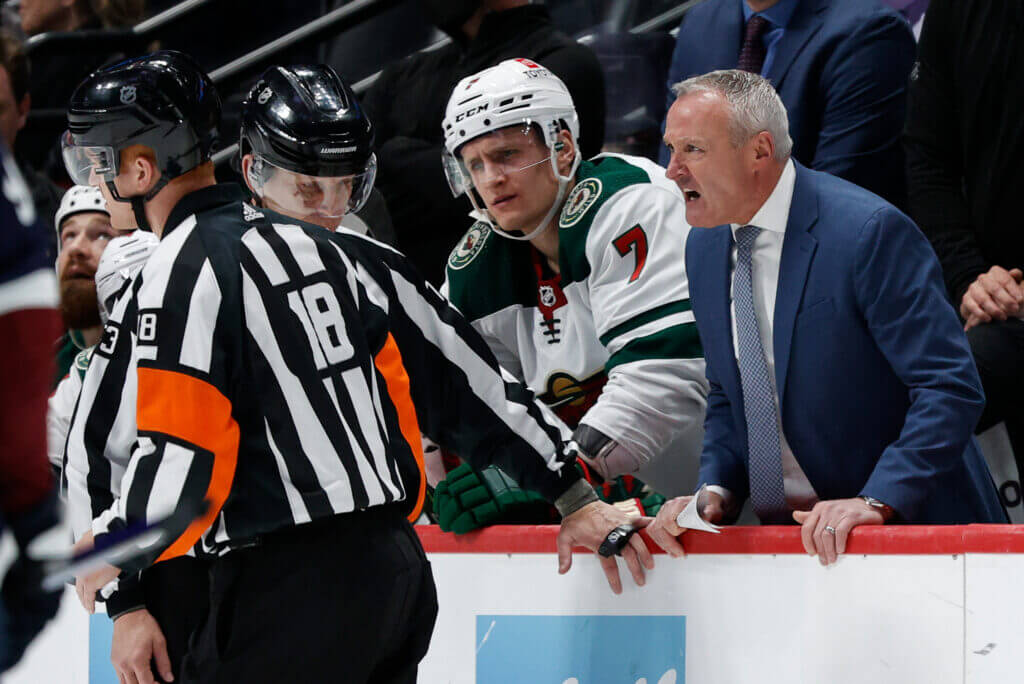The 2025 NHL Playoffs have been marred by widespread criticism over inconsistent officiating, sparking frustration among players, coaches, and fans alike. High-profile incidents—such as the missed tripping penalty on Viktor Arvidsson that led to the Oilers’ overtime win against the Golden Knights, and the controversial non-call when Mason Marchment made contact with a referee without facing suspension —have intensified scrutiny on the league’s officiating standards.
The NHL Playoffs are in high gear and fan focus on the calls made on the ice continues to be both magnified and polarizing. In the fast-paced, high-stakes world of professional hockey, few roles are more demanding than that of an NHL referee. Tasked with making split-second decisions under pressure, these officials must rely on sharp judgment, physical fitness, and—perhaps most importantly—exceptional vision.
The Speed of the Game Demands Visual Precision
The average NHL game moves at lightning speed. Pucks can travel over 100 miles per hour, players skate at breakneck pace, and plays develop in fractions of a second. Referees must track multiple moving objects at once, including the puck, players, and positioning of their fellow officials.
Without excellent visual acuity and depth perception, even the most experienced referee can miss key infractions such as high-sticking, offsides, or too many men on the ice.
NHL Playoffs Require Good Vision and Better Judgment
Referees not only have to see the play—they need to interpret it accurately. This includes identifying intent (e.g., was a hit clean or boarding?), determining possession, and reading nuanced positioning during power plays or breakouts.
Quality vision improves:
- Reaction time
- Accuracy of penalty calls
- Positioning on the ice
- Consistency in officiating decisions
Peripheral Vision Is Just as Important during NHL Playoffs
NHL referees don’t have the luxury of watching just the puck. With action happening across all zones of the rink, strong peripheral vision is essential. Officials often have to make calls based on off-puck incidents such as holding, interference, or stick infractions behind the play.
Peripheral awareness also helps referees avoid being in the wrong place at the wrong time—keeping themselves out of danger and out of the way of active play.

The Role of Eye Health in Career Longevity
Much like players, NHL referees have careers that demand peak physical and sensory performance. Regular eye exams are a critical part of maintaining officiating standards. Detecting changes in vision early—whether due to age, eye strain, or underlying conditions—can help referees stay sharp on the ice longer.
Vision correction options, including contact lenses or LASIK, are commonly used by officials to ensure they perform at their highest level throughout the season.
Ensure Your Vision is As Sharp As Can Be With Optical Illusions
Good vision isn’t just helpful for NHL referees—it’s essential. From making accurate calls to staying safe on the ice, referees depend on their eyes to uphold the integrity of the game. As hockey continues to evolve and speed up, so too does the demand for visual excellence in those who enforce its rules.
Get a comprehensive eye exam with our Board-Certified Optometrists who specialize in detecting early signs of glaucoma, retinal damage, and other conditions that threaten your peripheral vision. We don’t just help you see clearly—we help you see everything.
Schedule your appointment at 1 of our 4 conveniently located offices in San Jose, San Mateo, San Ramon, and Juneau.




